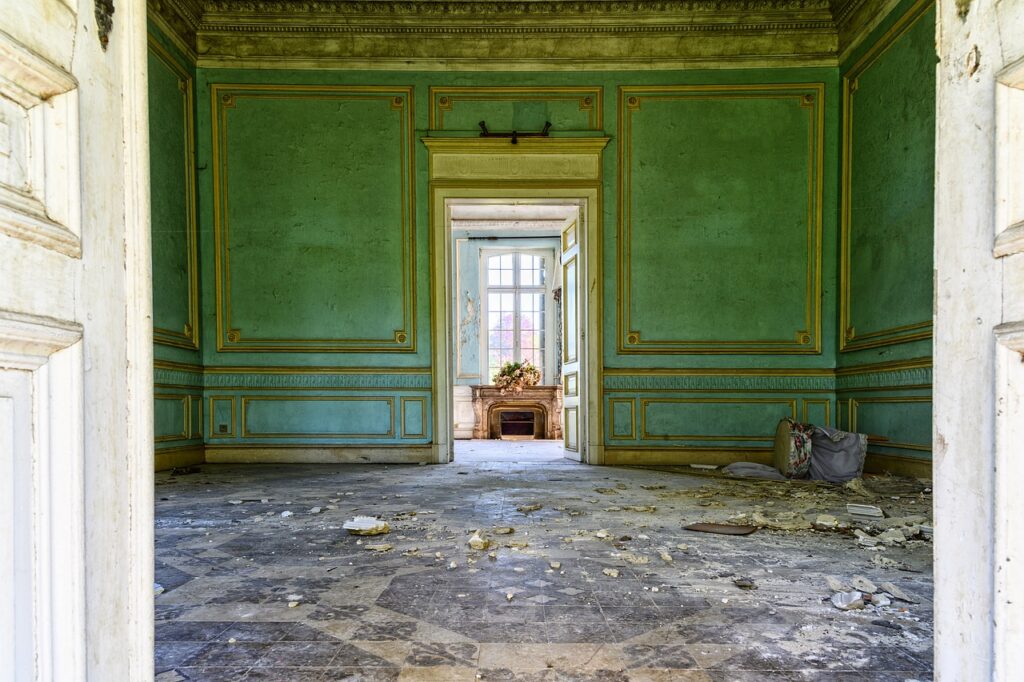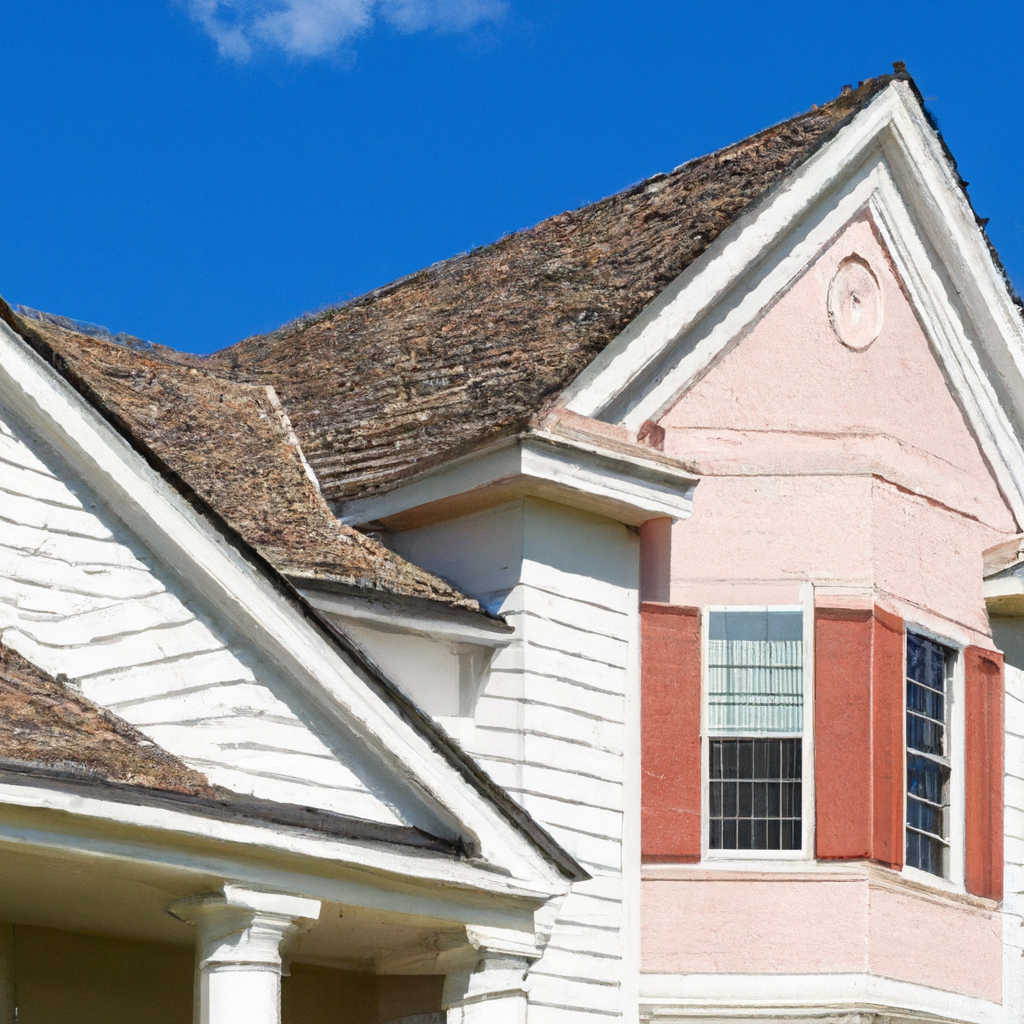Are you tired of dealing with pesky leaks in your stucco walls? Look no further – Stucco Leak Repair has got you covered! Whether it’s a small crack or a major water infiltration issue, our friendly and experienced team is here to help. With our expertise in stucco repair, we will quickly and efficiently locate the source of the leak and provide durable and long-lasting solutions. Say goodbye to water damage and hello to peace of mind with Stucco Leak Repair.
1. Types of Stucco Leaks
1.1. Exterior Leaks
Exterior stucco leaks occur when water penetrates the stucco system from the outside. This can happen due to cracks or gaps in the stucco or through improperly sealed windows and doors. Heavy rain or improper drainage can also contribute to exterior stucco leaks.
1.2. Interior Leaks
Interior stucco leaks happen when water seeps into the stucco from the inside of the building. This can be caused by plumbing leaks, condensation, or high humidity levels within the building. Interior leaks are often more difficult to detect and can lead to significant damage if left untreated.
1.3. Roof Leaks
Roof leaks can also lead to stucco damage, especially if the stucco is located near the roofline. Water from roof leaks can seep into the stucco system, causing it to deteriorate over time. Proper roof maintenance and regular inspections are essential in preventing roof-related stucco leaks.
1.4. Foundation Leaks
Foundation leaks occur when water enters the stucco system from below, typically through cracks in the foundation or improper waterproofing. These leaks can lead to significant damage, compromising the structural integrity of the building if not addressed promptly.
2. Common Causes of Stucco Leaks
2.1. Improper Installation
One of the most common causes of stucco leaks is improper installation. If the stucco system is not properly applied or if the materials used are low quality, it can lead to gaps, cracks, and weaknesses in the stucco, making it more susceptible to leaks.
2.2. Age and Wear
Over time, stucco can deteriorate due to natural wear and tear. As it ages, it becomes more prone to cracks and other forms of damage, allowing water to seep through and cause leaks.
2.3. Poor Maintenance
Lack of regular maintenance can also contribute to stucco leaks. Failing to address minor cracks or signs of damage can lead to larger issues over time, increasing the risk of leaks.
2.4. Physical Damage
External factors such as impact from hail, falling branches, or accidental damage can cause cracks in the stucco, providing an entry point for water.
2.5. Settling or Shifting
Settling or shifting of the building’s foundation can cause stress on the stucco, resulting in cracks and gaps that allow water to penetrate the system.

3. Signs of Stucco Leaks
3.1. Discoloration or Stains
One of the most visible signs of a stucco leak is discoloration or stains on the surface. Water stains often appear as dark patches on the stucco, indicating that water has penetrated the system.
3.2. Peeling or Bubbling Paint
When water gets trapped behind the stucco, it can cause the paint to peel or bubble. This occurs as the water creates pressure on the paint surface, leading to its separation from the stucco.
3.3. Musty Odors
If water has seeped into the interior of the building through the stucco, it can create a musty smell. This odor is often a sign of mold or mildew growth, which can thrive in damp environments.
3.4. Cracks or Holes
Cracks or holes in the stucco are clear indicators that the system has been compromised. These openings allow water to enter, leading to leaks and potential further damage if left unaddressed.
3.5. Water Accumulation
Visible water accumulation, such as puddles or dripping water, indicates an active stucco leak. This is often observed both on the interior and exterior surfaces of the building.
4. Stucco Leak Detection
4.1. Visual Inspection
Performing a visual inspection of the stucco system is the first step in detecting potential leaks. This involves carefully examining the exterior and interior surfaces for any signs of damage, cracks, or discoloration.
4.2. Moisture Testing
Moisture testing can help identify areas of the stucco that have excessive moisture content. Various moisture detection tools, such as moisture meters or probes, can be used to determine if the stucco is wetter than normal.
4.3. Thermal Imaging
Thermal imaging can be a valuable tool in detecting stucco leaks. It allows for the identification of temperature irregularities, indicating where water may be present behind the stucco.
4.4. Interior Investigation
In some cases, it may be necessary to investigate the interior of the building to trace the source of a stucco leak. This can involve removing interior finishes, such as drywall, to access the underlying stucco and identify the root cause of the leak.
4.5. Professional Inspection
For a comprehensive evaluation of stucco leaks, it is recommended to seek the expertise of a professional stucco inspector. They have the knowledge and experience to accurately assess the condition of the stucco system and identify any underlying issues that may be causing the leaks.

5. DIY Stucco Leak Repair
5.1. Gather Tools and Materials
Before beginning a DIY stucco leak repair, gather all the necessary tools and materials. This typically includes a trowel, stucco patching compound, caulk gun, wire brush, and paint matching the existing stucco color.
5.2. Prep the Area
Prepare the area around the stucco leak by removing any loose or damaged stucco. Use a wire brush to clean the surface and ensure proper adhesion of the patching compound.
5.3. Identify and Patch the Leak
Identify the exact location of the leak and apply a suitable caulk or sealant to seal the gap or crack. Ensure that the sealant is compatible with the stucco material used.
5.4. Apply a Stucco Patch
Once the sealant has dried, apply a stucco patching compound to the repaired area. Use a trowel to spread the compound evenly, blending it with the surrounding stucco for a seamless finish.
5.5. Paint and Blend
After the stucco patch has cured, paint the repaired area to match the color of the existing stucco. This step helps to blend the repair, making it less noticeable and maintaining the overall aesthetic of the building.
6. Professional Stucco Leak Repair
6.1. Hiring a Stucco Repair Specialist
When facing complex stucco leaks or extensive damage, it is advisable to hire a professional stucco repair specialist. Their expertise can ensure a thorough assessment and effective repair of the stucco system.
6.2. Inspection and Assessment
A professional stucco repair specialist will perform a comprehensive inspection to identify the root causes of the leaks. They will assess the extent of the damage and provide recommendations for the appropriate repair methods.
6.3. Complete Repair Process
A professional repair process may involve removing and replacing damaged stucco, addressing any underlying issues, such as plumbing leaks or foundation cracks, and applying specialized waterproofing products to prevent future leaks.
6.4. Exterior Finishing and Color Matching
Once the stucco repairs are complete, a professional will ensure that the exterior finishing is properly matched to the original stucco, providing a seamless appearance. This can involve color-matching the repaired area and applying a protective finish coat.
7. Preventive Measures for Stucco Leaks
7.1. Maintain Proper Drainage
Proper drainage is essential in preventing stucco leaks. Ensure that gutters and downspouts are clear of debris and functioning properly to direct water away from the building’s exterior.
7.2. Regular Inspections and Maintenance
Schedule regular inspections of the stucco system to identify and address any minor cracks or damage before they escalate into larger issues. Additionally, perform routine maintenance, such as cleaning and sealing any gaps or cracks.
7.3. Addressing Cracks and Holes
Promptly address any cracks or holes in the stucco to prevent water infiltration. Use suitable sealants and patching compounds to seal the openings and protect the integrity of the stucco.
7.4. Proper Installation and Flashing
During stucco installation, ensure that industry-standard techniques and best practices are followed. This includes proper flashing around windows, doors, and other penetrations to create a waterproof barrier.
7.5. Managing Humidity and Moisture
Maintain proper indoor humidity levels to minimize moisture build-up, which can lead to stucco damage and leaks. Use dehumidifiers in areas prone to high humidity and ventilate bathrooms and kitchens to reduce condensation.
8. Cost Factors of Stucco Leak Repair
8.1. Severity and Extent of Damage
The severity and extent of stucco damage will greatly influence the cost of repair. Small, localized leaks may be less expensive to repair compared to extensive water damage that requires significant restoration work.
8.2. Accessibility of the Area
The location and accessibility of the stucco affected by leaks can impact the repair costs. Areas that are difficult to reach or require additional scaffolding and equipment for access may result in higher labor and material expenses.
8.3. Type of Stucco Used
The type of stucco used in the construction of the building can affect the repair costs. Different stucco formulations may require specific materials and techniques for repair, which can impact overall expenses.
8.4. Repairs vs. Replacement
In some cases, extensive stucco damage may require partial or full replacement of the stucco system. The decision to repair or replace will depend on the severity of the damage, and replacement costs are generally higher compared to repairs.
8.5. Hiring a Professional vs. DIY
The decision to hire a professional or tackle the repairs on your own can also impact cost. While DIY stucco leak repairs may be less expensive upfront, hiring a professional ensures a high-quality and long-lasting repair, preventing future issues and potentially saving money in the long run.
9. Risks of Ignoring Stucco Leaks
9.1. Structural Issues
Ignoring stucco leaks can lead to structural issues over time. Constant exposure to water can weaken the building’s framework and compromise its stability.
9.2. Mold and Mildew Growth
Stucco leaks create a damp environment that promotes the growth of mold and mildew. These fungi can not only cause health problems but also deteriorate building materials and contribute to unpleasant odors.
9.3. Decreased Energy Efficiency
Stucco leaks can affect the insulation of the building, leading to decreased energy efficiency. Water infiltration can compromise the effectiveness of insulation materials, resulting in higher energy bills to maintain desired indoor temperatures.
9.4. Damage to Interior Finishes
Water from stucco leaks can damage interior finishes such as drywall, paint, and flooring. This can lead to costly repairs and renovations to restore the aesthetic appeal of the interior spaces.
9.5. Compromised Indoor Air Quality
Mold and mildew growth resulting from stucco leaks can significantly impact indoor air quality. These contaminants can trigger allergies, respiratory issues, and other health problems, especially for individuals with compromised immune systems.
10. Conclusion
10.1. Importance of Timely Stucco Leak Repairs
Timely stucco leak repairs are crucial to prevent further damage and deterioration of the building. Addressing leaks promptly will help maintain the integrity of the stucco system and prevent costly repairs down the line.
10.2. Regular Maintenance and Inspections
Regular maintenance and inspections of the stucco system are essential in identifying and addressing any potential leaks before they become major issues. This proactive approach can save time, money, and prevent more extensive damage.
10.3. Taking Immediate Action
If you notice signs of stucco leaks, it is important to take immediate action. Whether you choose to address the repairs yourself or hire a professional, don’t delay in resolving the leaks to protect your property and ensure a safe and healthy environment.


